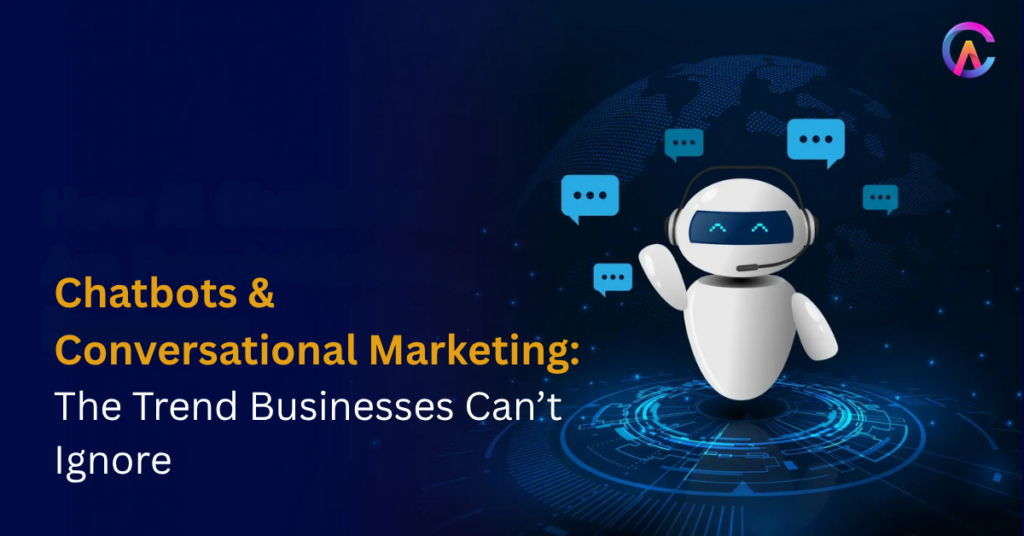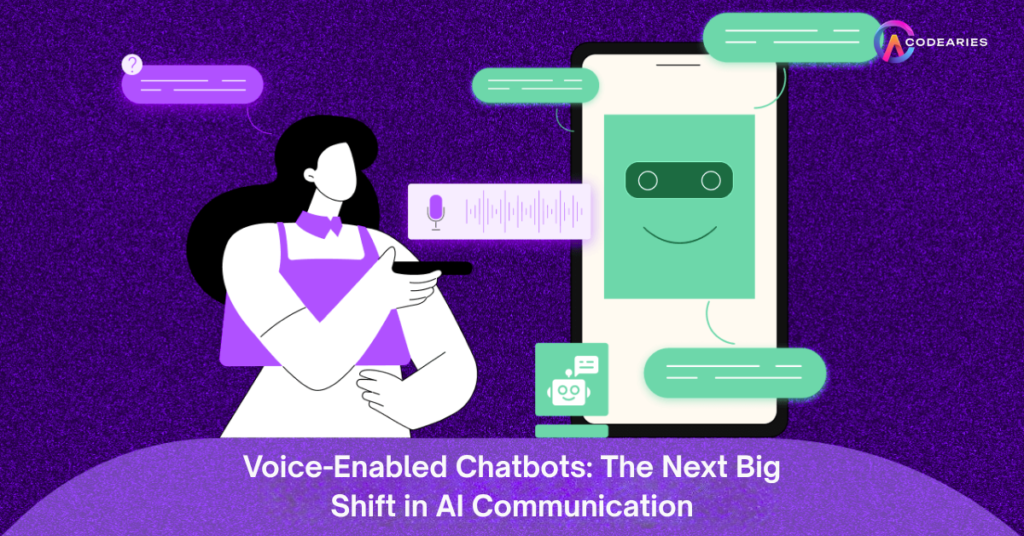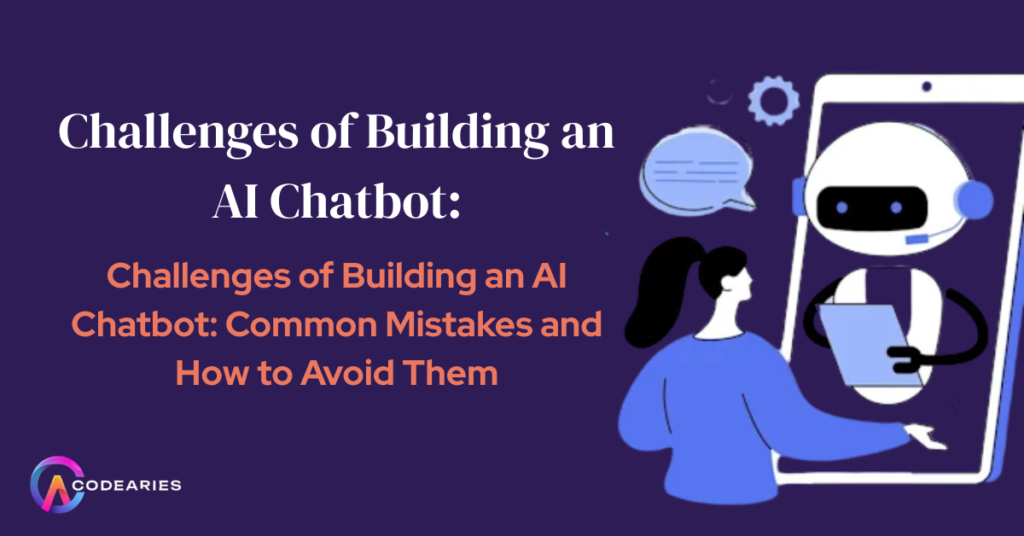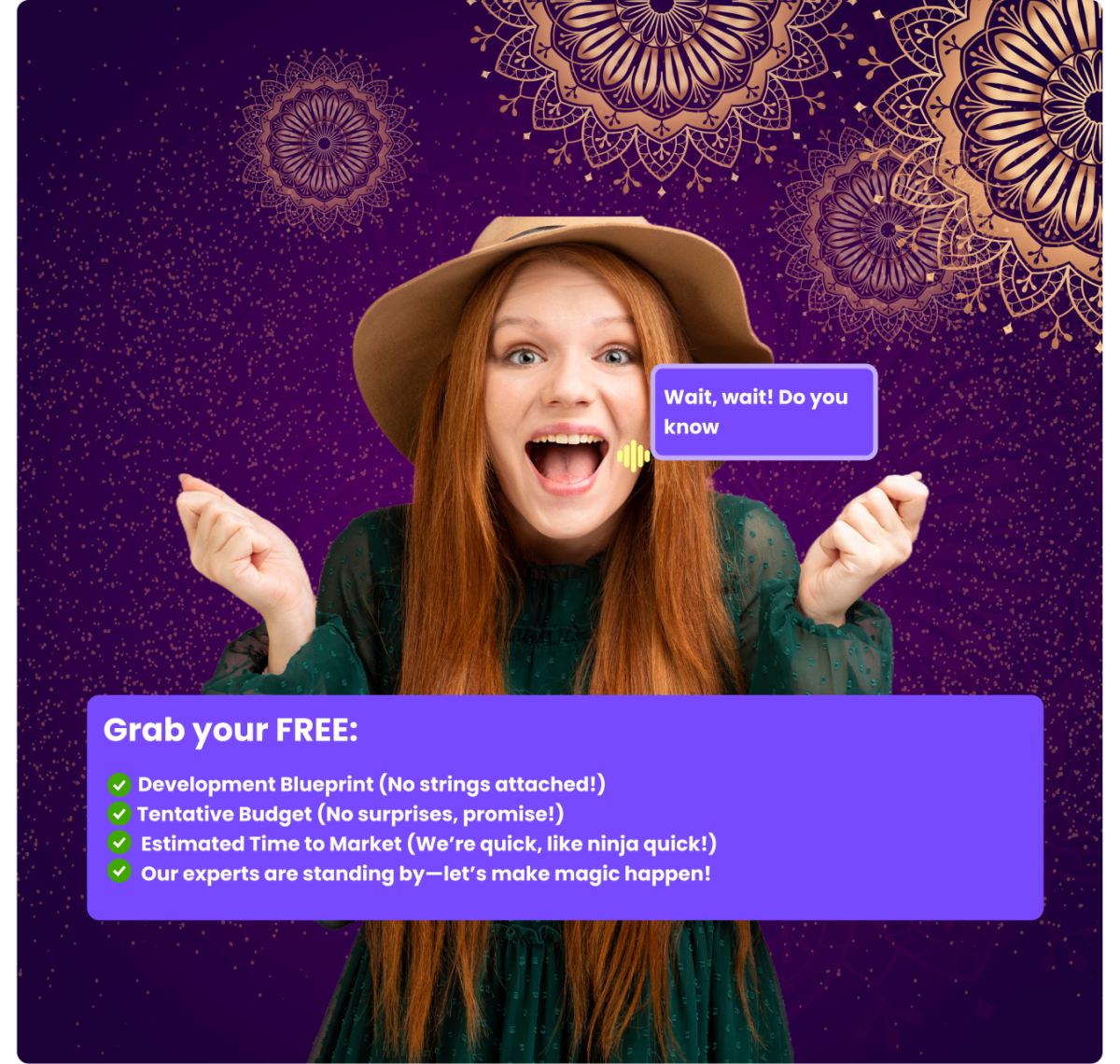Chatbots & Conversational Marketing: The Trend Businesses Can’t Ignore
Conversational marketing has changed how businesses interact with customers. It turns one way emails and ads into engaging, personalized conversations that build loyalty and drive sales. Central to this change are AI powered chatbots and virtual assistants that offer instant support, personalized suggestions, and smooth shopping experiences on a large scale. By 2025, conversational marketing will be essential. Improvements in natural language processing (NLP), generative AI, and messaging platform integration help businesses increase engagement, conversions, and customer satisfaction in unprecedented ways. This blog looks at why conversational marketing is one of today’s most valuable trends, how chatbots fuel this change, best practices, and how Codearies helps businesses succeed in this area. What Is Conversational Marketing? Conversational marketing involves real time conversations between brands and customers through chatbots, messaging apps, and voice assistants. This approach guides prospects through the buying journey interactively and personally. Instead of pushing out static content, conversational marketing creates engaging, two way dialogues that qualify leads, nurture relationships, and close sales. The Rise of Chatbots in Conversational Marketing Chatbots, AI powered agents, will handle up to 80% of retail customer interactions by 2025. They respond to frequently asked questions, suggest products based on user choices, assist with order tracking, and even allow checkout within chat windows. Key stats highlight chatbots’ impact: Why Businesses Can’t Ignore Conversational Marketing 1. Consumer Preference for Messaging People want convenience and immediacy. Messaging apps like WhatsApp, Facebook Messenger, and SMS dominate daily mobile use. Brands that connect with customers on these familiar platforms strengthen relationships and resonate better than emails or web ads. 2. Real Time, Personalized Experiences AI powered bots tailor conversations and offers based on customer history, location, and behavior. This makes every interaction feel relevant and personal, driving higher engagement and satisfaction. 3. Cost Efficiency and Scalability Automated chatbots work around the clock, handling large volumes of inquiries without added staffing costs. They manage routine conversations, allowing human agents to focus on more complex issues, improving overall return on investment. 4. Better Data Collection and Insights Conversational interfaces generate detailed data on user intent, preferences, and pain points. This information supports ongoing marketing optimization and AI driven personalization strategies. Best Practices for Conversational Marketing Success Looking Ahead: Conversational Marketing Trends in 2025 How Codearies Supports Your Conversational Marketing Journey At Codearies, we enhance your brand with smart conversational marketing solutions powered by advanced AI. Our offerings include: With Codearies, conversational marketing becomes your driving force for growth, creating engaging, profitable, and scalable customer relationships. Frequently Asked Questions (FAQs) Q1: How quickly can we implement a conversational marketing chatbot? Most companies launch MVP chatbots within 6 to 8 weeks, with improvements made after launch. Q2: Can Codearies integrate chatbots with our existing CRM and e-commerce platforms? Yes, we excel at seamless API integrations that create unified customer views and order management. Q3: What industries benefit most from conversational marketing? Retail, finance, hospitality, healthcare, and SaaS show strong adoption and return on investment with conversational channels. Q4: How do you ensure chatbots maintain brand voice and natural conversations? We combine AI training with your content, human oversight, and ongoing script refinement. Q5: What privacy measures are included in Codearies’ conversational solutions? We use encryption, consent management, and comply with GDPR, CCPA, and other global data laws. For business inquiries or further information, please contact us at contact@codearies.com info@codearies.com






